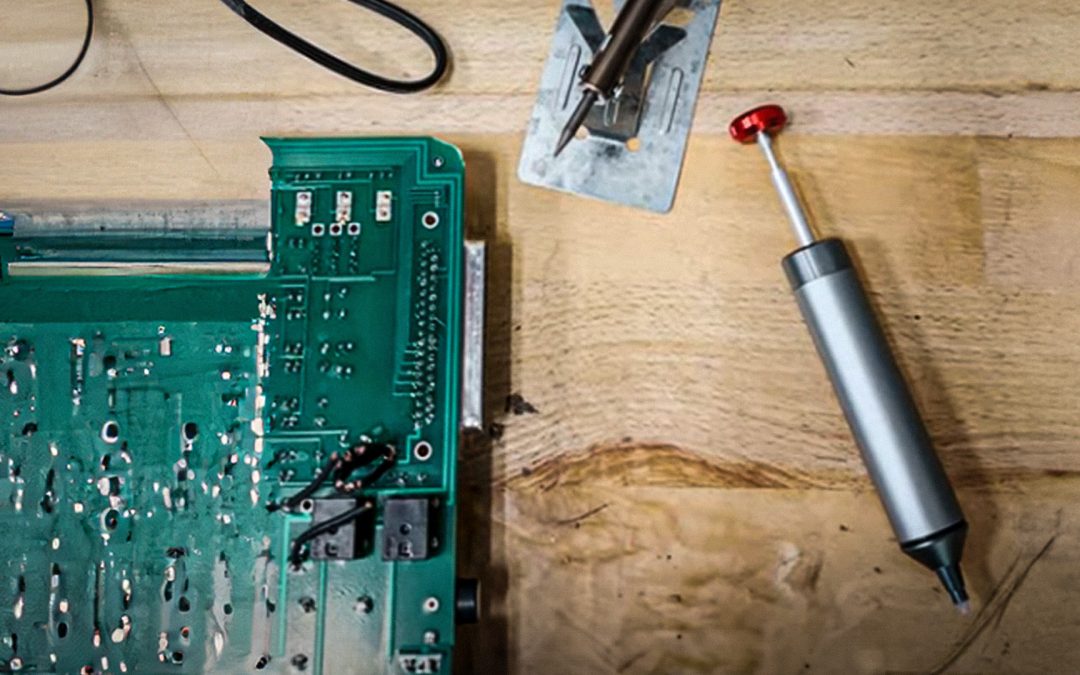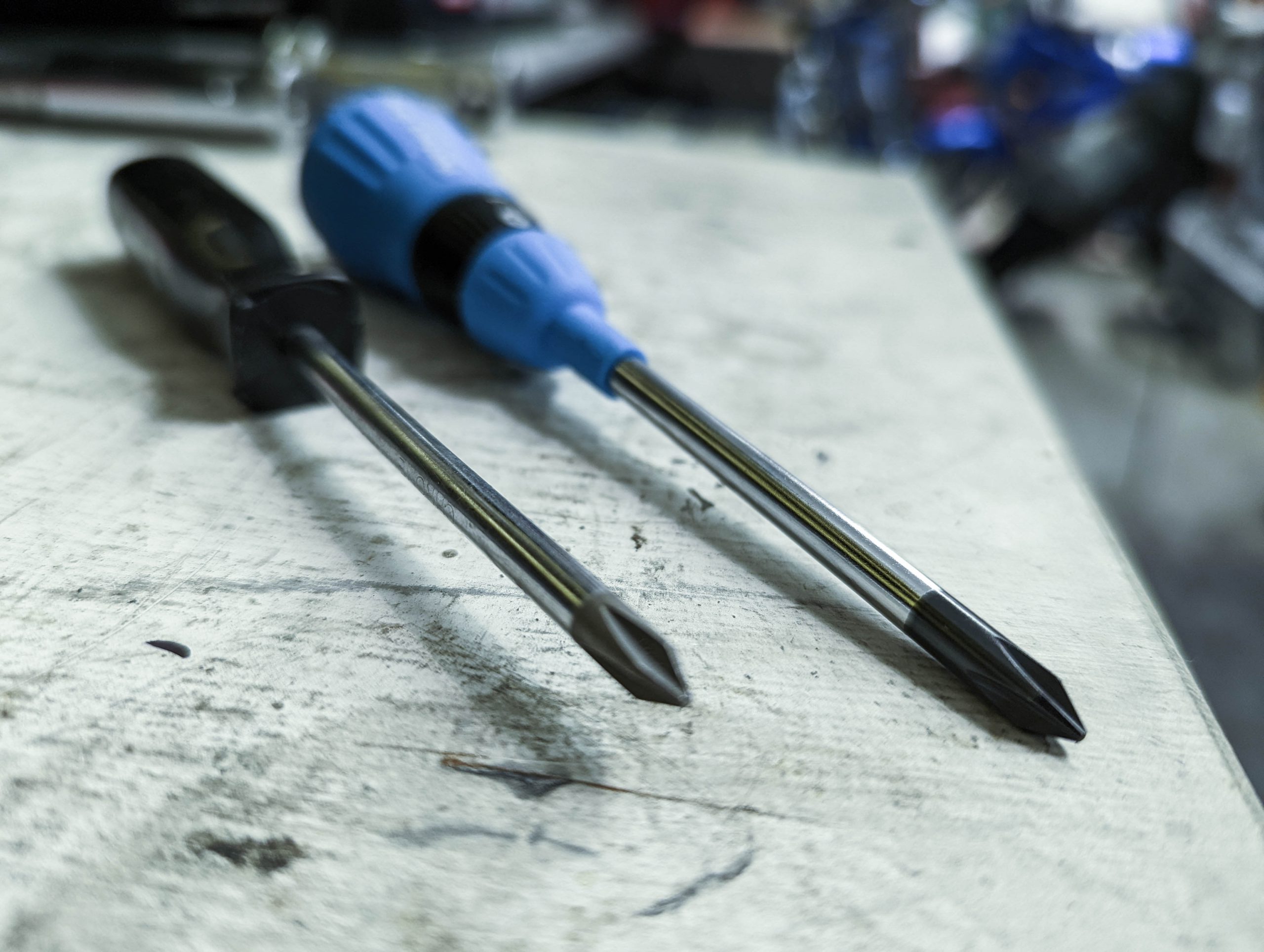Removing old solder is a crucial part of preparing a component for a new soldered connection, and a desolder pump (often called a solder sucker) is the ideal tool for the job.

Not every Phillips head fastener is a Phillips head fastener.
I believed this was common knowledge until today, when I was speaking with another tech who had no idea what I was talking about, and I relived a lesson from my salad days of wrenching.
Many moons ago, when rebuilding the carburetors on Japanese motorcycles, I would replace all the hardware for the bowls and carb tops on CV units, for they were constantly stripping. I used to poke fun at them. I said they were made of cheese.
An old mechanic saw me doing this on a nice older bike, and told me I was an idiot. Quite naturally, I asked him why. He told me I was using the wrong tool on them. Nonsense! It’s a simple Phillips-head! Why, I had drawers full of them. He laughed and told me to bring him one of the screws I was throwing away. With his tobacco-stained pinky nail, he pointed to a small dot in one of the corners of the cross.

See the dimples? Those are JIS shorthand for, “Walk back to your box and get the correct tool!” Photo by Lemmy.
“See that?” he asked. “That punch mark is to tell you not to use a Phillips-head driver on it. This is called a JIS screw. Japanese Industrial Standard.”
I thought he was breaking my horns. Then I looked into it. Turns out, he was correct. A true Phillips head screw “cams out” at a fairly low torque reading—exactly why I thought they were stripping (and why you’ve probably stripped them too). No one is sure if the design was developed that way, but the patent was updated in 1949, when that very cam-out “feature” (useful for machine-driven fasteners in those days) was described.
JIS screws are a little different but look similar. Many, many items made in Japan use JIS screws, which have a different profile in the “cross” area, as well as a more vertical angle of attack in the head of the fastener. They’re also flat in the bottom, whereas a Phillips bit is not, so it stands out of the slot when inserted, decreasing the contact area between driver and fastener.
JIS screwdrivers prevent damaged JIS fasteners, and they also can be useful for a Phillips fastener that’s been marred—sometimes prudent use of a JIS driver can extract the Phillips fastener. (And if you get it out, replace it with something fresh so you don’t sweat the same thing twice!)

Not all screwdrivers (nor fasteners, for that matter) are created equal. The one on the right is a JIS driver. Photo by Lemmy.
I’ve got a few brands of these kicking around in my box, but I think Vessel makes some really nice ones. They’re expensive and always have been, and they are worth every penny. I recommend them.
The articles and other content contained on this site may contain links to third party websites. By clicking them, you consent to Dorman’s Website Use Agreement.
Participation in this forum is subject to Dorman’s Website Terms & Conditions. Please read our Comment Policy before commenting.